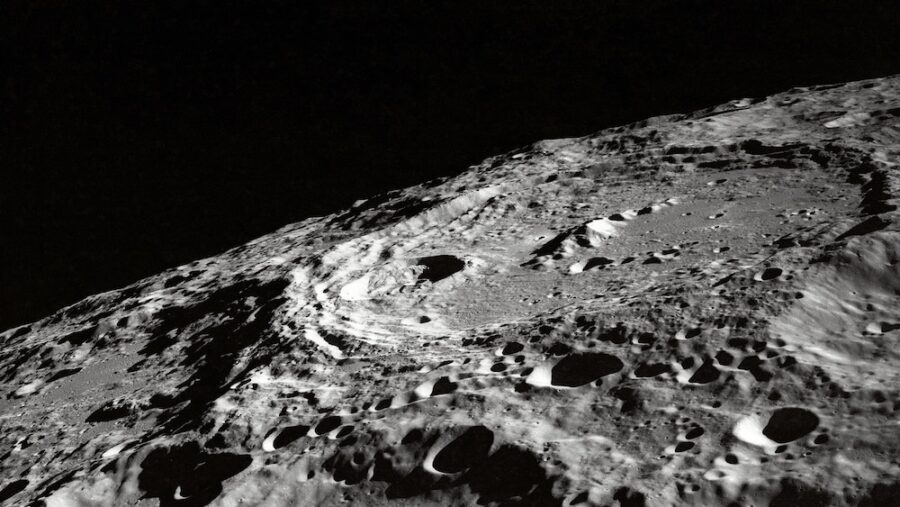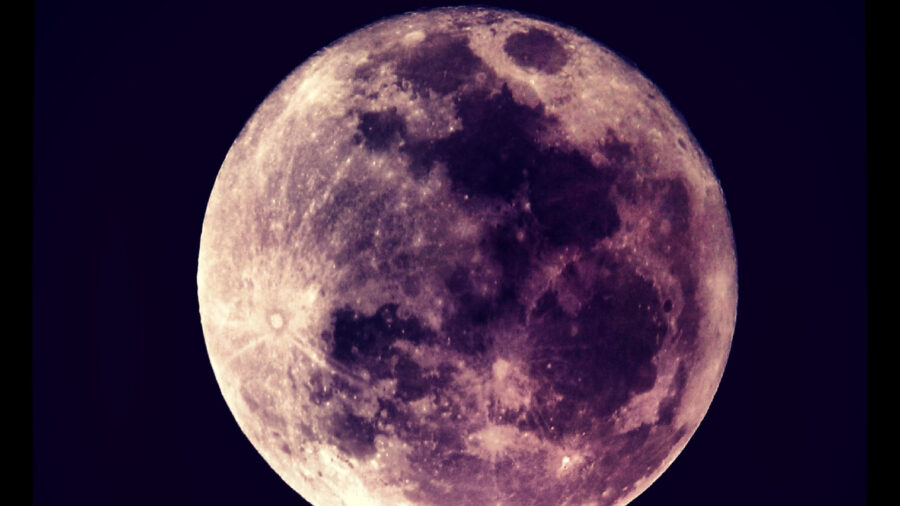Secret Hidden Layers Discovered In The Moon Changes Everything

Science Alert reports that space scientists have discovered layers of hardened lava deep below the moon’s surface. This recent study reveals to us that although the surface of the moon is covered with dust and craters, just 300 feet below the surface there is evidence of volcanic activity in the form of basalt eruptions from billions of years ago.
Though the research is inconclusive at the time of this writing, scientists have reason to believe that their findings will be instrumental in uncovering the moon’s ancient past through the use of low-frequency ground-penetrating radar.
Space scientists have discovered layers of hardened lava deep below the moon’s surface
Through the use of the Chang’e-4 lunar rover, astrophysicist Jianqing Feng of the Planetary Science Institute of Arizona and his colleagues used the rover’s radar to develop a better timetable of the moon’s past volcanic activity. By being able to discern a difference between subsurface materials, and have reason to speculate that the moon boasted lava flow a billion years longer than experts had originally thought.
Though the exact time frame of the moon’s lava flow is still up for debate, Feng’s findings are telling. Based on the perceived density of the subsurface material, it’s evident that the deepest volcanic material is considerably wider than the volcanic material that’s closer to the surface, indicating a gradual tapering off of volcanic activity over time. The thickest layers are roughly 230 feet wide, while the more shallow layers are only five meters wide.
Scientists say they’ve identified three or four large lava flow events across the Von Kármán crater
Weighing in on this finding, Feng asserts that this narrowing of width over time demonstrates that the moon’s internal thermal energy decreased over time, leading to eruptions that were smaller in size and scope until becoming fully depleted.

Through continued observation, scientists will be able to piggyback off of this research, and eventually pinpoint with some degree of accuracy how recently the moon actually had active volcanoes before becoming inactive. Based on the current information that has been gathered by the Chang’e 4 rover, Feng and his team have identified three or four large lava flow events across the Von Kármán crater.
After considering all of the facts as we currently understand them, there are some skeptics who don’t necessarily agree with Feng’s findings until more evidence is collected. Though the Chang’e 4 rover has gathered some compelling data that makes for a sound theory about the moon’s past volcano activity, some scientists are questioning the reliability of low-frequency ground-penetrating radar in this particular application.
Some scientists are questioning the reliability of low-frequency ground-penetrating radar in this particular application
Given that previous studies using the same technology have picked up a considerable amount of system noise at subsurface levels, these new findings are naturally being scrutinized until more data that corroborates the current working theory is collected.
As scientists continue to compile data, only time will tell if Feng and his colleagues are on the right track with their research. At the time of this writing, however, the research seems promising, and uncovers yet another mystery about the moon’s ancient history.
It’s wild to think that the moon’s surface once boasted streams of lava before eventually cooling down and taking on its current form, but the evidence certainly seems to suggest that this was the case, and a lot more recently than we once thought.












